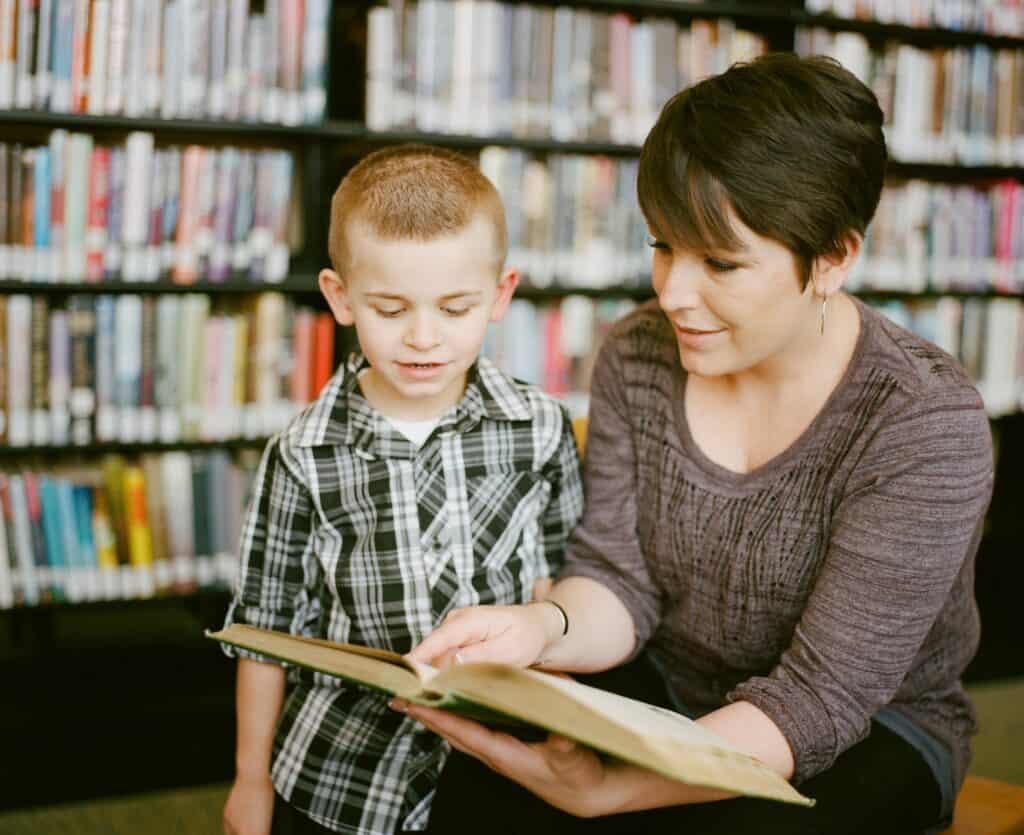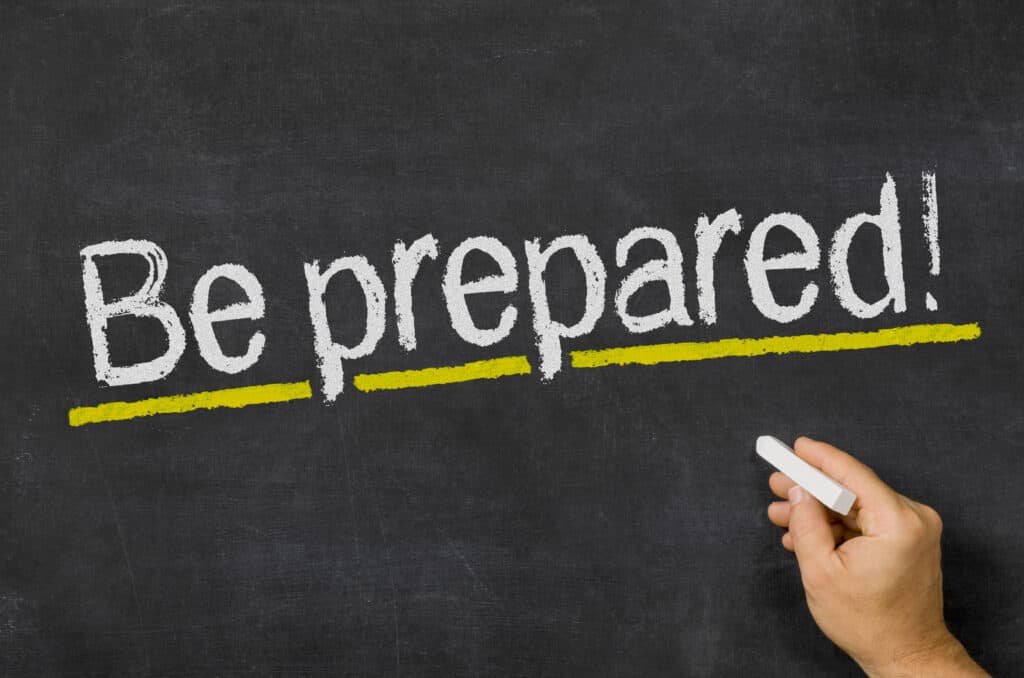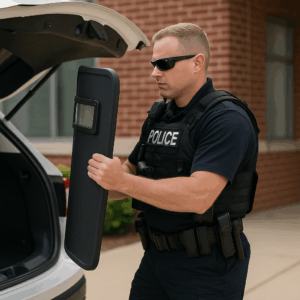School safety plans play a crucial role in maintaining a secure and thriving learning environment for students, staff, and teachers. The primary purpose of these plans is to establish comprehensive strategies and protocols to prevent, handle, and respond to potential incidents involving crime, violence, and other threats to the overall well-being of those on campus. By developing a well-structured plan, schools can address various aspects of social, emotional, and physical safety for both youth and adults, ensuring a positive educational experience for all involved.
One of the key components of a successful school safety plan is the collaboration between school administration, law enforcement, parents, and community members. Through this combined effort, various perspectives and resources can be utilized to effectively address a wide range of safety concerns. In addition, a tailored approach is necessary, as each school may have different needs and considerations that impact the measures they employ for maintaining a safe environment. By utilizing the Safety Readiness Tool, schools can better assess their unique requirements and access common actions that should be taken to create the optimal learning atmosphere.
Another crucial aspect of school safety plans is regular evaluation and updates. This ongoing process ensures that current best practices are being applied, and any potential gaps or vulnerabilities are identified and addressed. The ultimate goal is to foster a nurturing and secure environment where students are able to focus on their education and personal growth, free from the lingering concerns of potential threats or harm.
Understanding School Safety Plans
A school safety plan serves as a comprehensive framework that outlines strategies, procedures, and mechanisms to ensure a safe and secure learning environment for students, staff, and visitors. Comprehensive School Safety Plans are designed not only to prevent and address incidents involving crime and violence on campus, but also to promote aspects of social, emotional, and physical safety for both youth and adults.
One of the guiding principles behind school safety plans is their ability to strengthen positive capacities. School leaders have the opportunity to review their school’s safety initiatives and crisis plans, reinforcing what works well and enhancing areas where efforts may be lacking.
A comprehensive school safety plan incorporates multiple layers of protection, including physical security measures, staff training, student support programs, and communication protocols.
In conclusion, a well-rounded school safety plan aims to create a holistic approach to protecting the entire school community and fostering a positive educational environment where students can thrive. Investing in such a plan leads to an overall increase in the well-being and success of students and staff alike.
Key Components of a School Safety Plan
Emergency Response Procedures
A well-designed school safety plan should include comprehensive emergency response procedures. These procedures should outline the specific steps and actions staff and students should take in the event of an emergency, such as natural disasters, fires, or active shooter situations. The plan should also identify evacuation routes, safe rooms, and designated assembly points.
Communication Protocols
Clear and effective communication is crucial during emergencies. School safety plans must establish communication protocols that ensure timely information dissemination and collaboration among staff, students, parents, law enforcement, and other emergency services. The communication system should include various channels, such as intercom announcements, text alerts, and social media updates.
Mental Health Support
Mental health support is a vital component of a school safety plan. Schools should provide access to mental health professionals to address emotional needs, behavioral issues, and psychological well-being. These professionals can help create a supportive and nurturing environment, identify potential safety concerns, and offer assistance following traumatic events. A Framework for Safe and Successful Schools emphasizes the importance of providing mental health support for children and youth.
Training and Drills
To ensure the effectiveness of a safety plan, regular training and drills for staff and students are essential. These activities help familiarize everyone with the emergency response procedures and communication protocols. Practice drills that simulate various emergency scenarios, such as fire, lockdown, reunification, or earthquake, can improve preparedness and confidence in handling real-life situations. Incorporating feedback from drills and updating the plan as needed is crucial to maintaining a safe school environment.
Roles and Responsibilities

Administrators
School administrators play a crucial role in developing and implementing a school safety plan. They are responsible for creating a safe and secure environment for students and staff, as well as coordinating with local law enforcement and emergency responders. Administrators should be knowledgeable about crisis management and should communicate regularly with the entire school community about safety protocols and emergency procedures.
Staff
The staff, including teachers and support personnel, is essential for maintaining a safe school environment. They should participate in multitiered systems of supports (MTSS) and receive training in emergency preparedness, intervention strategies, and crisis response. Staff members should also be vigilant in monitoring school grounds, reporting any suspicious behavior, and fostering a positive and inclusive atmosphere for students.
Students
Students play a significant role in promoting and maintaining school safety. They should be encouraged to take ownership of their learning environment by adhering to school rules, reporting any potential safety concerns, and participating in safety and emergency drills. Additionally, fostering a sense of belonging and promoting peer-to-peer support can help create a safe and inclusive school environment for all students.
Parents
Parents are an essential part of the school community and have a critical role in promoting school safety. They can support their children by being actively engaged in their education, attending school events, and communicating with school staff about any concerns or issues. Parents can also contribute to the development of a school safety plan by working collaboratively with school administrators, staff, and law enforcement.
Community
The community plays a vital role in ensuring the safety of schools. Community members should be involved in the development and implementation of a school safety plan by providing input, resources, and support. Collaborative partnerships between schools, local businesses, and community organizations can help create a comprehensive safety plan that addresses the unique needs of the school and the community.
Plan Development and Implementation
Risk Assessment
The first step in developing a school safety plan is conducting a risk assessment to identify potential hazards and vulnerabilities. This includes evaluating school facilities, procedures, and policies to understand the potential risks and areas that need improvement. The assessment should consider factors such as infrastructure, access control, and emergency preparedness, among others. By identifying these risks, schools can prioritize areas for action and allocate resources effectively.
Collaboration with Local Agencies
A critical component of a successful school safety plan is collaboration with local agencies. Partnering with law enforcement, fire departments, and emergency management teams can provide valuable resources, training, and expertise to enhance safety procedures. These partnerships can also facilitate effective communication during emergency situations, improving response times and coordinated efforts to protect students and staff.
Regular Review and Updating
To ensure that a school safety plan remains effective and relevant, it is essential to engage in regular review and updating. As the school environment, community, and potential threats evolve, it is crucial to adapt the plan to meet these changing conditions. Regularly reviewing the plan will also allow schools to assess the efficacy of their strategies, make adjustments as needed, and ensure that staff remain knowledgeable and prepared to respond to emergencies. Moreover, involving stakeholders such as teachers, parents, and local agencies in the review process can help ensure the plan optimally addresses the school community’s safety needs.
Legal and Policy Requirements
Federal Laws
A school safety plan, also known as an Emergency Operations Plan (EOP), is designed to ensure the safety of students, staff, and visitors in the event of an emergency. Federal laws play a crucial role in guiding and supporting schools in developing these plans. One key federal law is the Individuals with Disabilities Education Act (IDEA), which requires schools to address the unique needs of students with disabilities in their safety plans. Additionally, the Jeanne Clery Disclosure of Campus Security Policy and Campus Crime Statistics Act (Clery Act) mandates the reporting of campus crime statistics and security policies for institutions receiving federal financial aid.
State Laws
Aside from federal laws, state laws also govern aspects of school safety planning. These plans must include strategies aimed at preventing crime and violence on school campuses and address social, emotional, and physical safety for both youth and adults.
States may have varying requirements and regulations for school safety plans, reflecting their specific needs and characteristics. It’s important for schools to stay informed about their state’s specific laws and regulations to ensure compliance and prioritize the safety of their students, staff, and visitors.
Measuring and Evaluating Effectiveness
Data Collection
An essential part of evaluating the effectiveness of a school safety plan is data collection. Gathering information on incidents, reporting procedures, and the perceptions of students, staff, and parents can provide valuable insights into the strengths and weaknesses of the plan. Additionally, regular surveys and feedback from stakeholders can help monitor progress and make data-driven decisions. One possible approach is to use a tool like the U.S. Department of Education Guiding Principles to measure school climate.
External Audits
Another important component in measuring and evaluating the effectiveness of a school safety plan is conducting external audits. Engaging external experts to review the school’s safety measures and policies can provide an objective perspective on the overall preparedness of the institution. External audits should include a thorough assessment of the school’s physical security, staff training, and emergency response procedures. Collaboration with local law enforcement and emergency response agencies is also crucial in enhancing the school’s capacity to handle crises. By addressing any identified gaps or areas of improvement, schools can further strengthen their safety plans and ensure a protected environment for all students and staff.
Benefits and Outcomes
Preventing Incidents
A well-designed school safety plan plays a crucial role in preventing incidents such as bullying, violence, or even more severe incidents like school shootings. These plans facilitate clear communication among staff, students, and parents about the policies and procedures that help minimize risks at school. By implementing preventive measures, schools can address potential issues early on and create a safer environment for all students and staff members.
Mitigating the Impact of Emergencies
When emergencies do occur, be it a natural disaster or an act of violence, a comprehensive school safety plan helps to mitigate the impact of such events. It includes adequately preparing staff and students with drills, communication channels, and necessary resources to respond effectively to emergencies. This can significantly decrease the severity of the situation, ultimately protecting the well-being of all school members involved in the event.
Fostering a Safe Learning Environment
Maintaining a school safety plan not only deals with direct hazards but also contributes to fostering a safe learning environment that promotes good mental health and academic achievements. Proper safety measures allow students to feel secure and focus on their studies without the constant fear or distraction of potential threats. Additionally, a positive school climate with robust supports, such as access to mental health services for students and staff, plays an essential role in cultivating a nurturing educational setting. According to the National Association of Elementary School Principals, efforts to improve school climate, safety, and learning are interconnected endeavors.
In summary, a comprehensive school safety plan benefits students, staff, and the community by preventing incidents, mitigating the impact of emergencies, and fostering a safe and supportive learning environment.
Frequently Asked Questions
How does a safety plan help in emergency situations?
A safety plan helps in emergency situations by guiding staff and students on how to respond to various types of incidents. It ensures that everyone knows their roles and responsibilities, thus enabling them to act quickly and effectively during an emergency. This reduces the risk of injuries, minimizes property damage, and ultimately saves lives.
Which components are essential in a school safety plan?
An effective school safety plan should include a comprehensive risk assessment that identifies potential threats and vulnerabilities, clear emergency response procedures, and training and awareness programs for staff and students. Other essential components may involve communication protocols, regular drills, and plans for reunification and recovery after an emergency.
How often should a school safety plan be updated?
A school safety plan should be updated regularly, preferably at least once a year, to ensure its effectiveness and relevance. Updates should take into account new threats, changes in the school environment, and lessons learned from previous incidents, drills, or exercises.
What is the role of staff and students in implementing a safety plan?
The role of staff and students in implementing a safety plan is crucial. Staff members are responsible for coordinating and managing emergency preparedness, safety, and security while students must actively participate in drills and follow the established procedures during an emergency. All members of the school community should be aware of the safety plan and their respective responsibilities.
How does a safety plan address bullying and mental health?
A safety plan should address bullying and mental health by including prevention strategies, intervention measures, and support services for those affected. This may involve anti-bullying policies, social-emotional learning programs, and access to mental health professionals or counselors. By promoting a safe and supportive school environment, the safety plan helps maintain the well-being of students and staff.
Are you prepared to elevate your safety and security strategy? At Risk Strategy Group, we specialize in providing data-driven security consulting and training tailored to your unique needs. Our expertise spans individuals, businesses, schools, and places of worship, ensuring that you’re equipped to identify vulnerabilities, implement effective training, and mitigate potential risks. Don’t leave your safety to chance. With our customized solutions, you can confidently navigate an uncertain world. Contact us today to explore how we can empower your security strategy. Your journey towards a more secure future begins with us.






